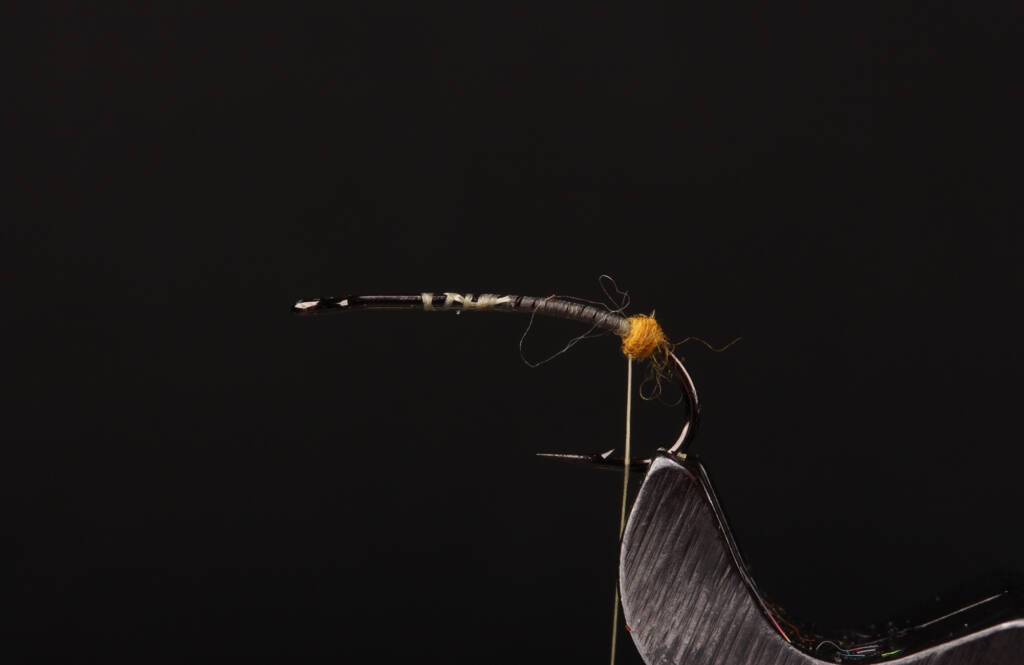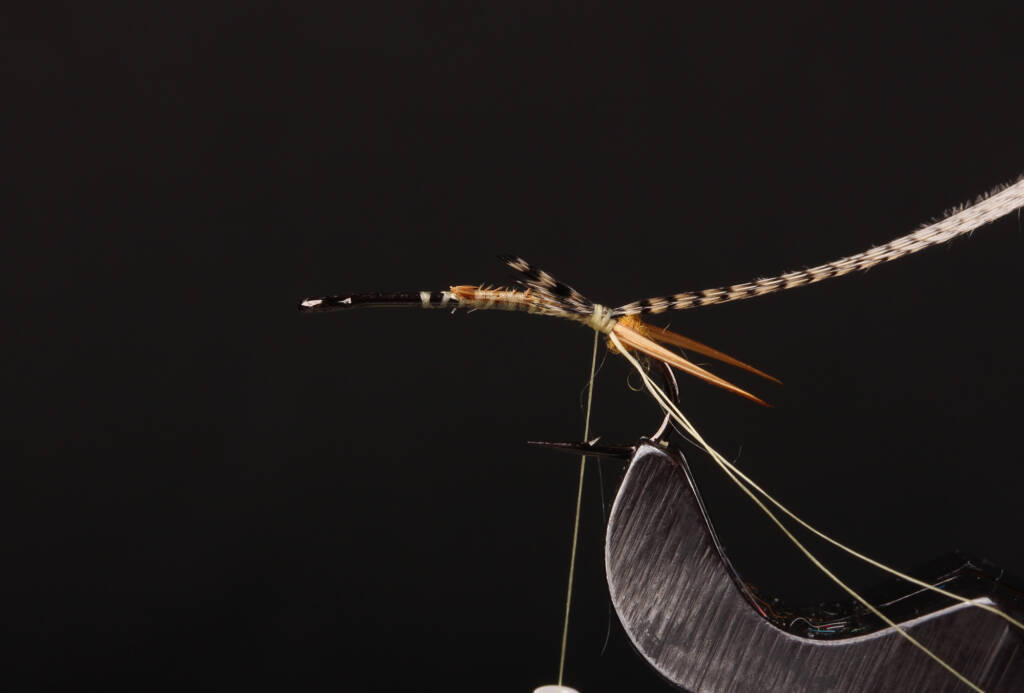Stoneflies are truly fascinating insects. The fully developed form, as we know it today, is up to 250 million years old. They are widely distributed, and unless you’re fishing in Antarctica, it’s likely that there are stoneflies in a river near you. There are over 3,000 species registered across the globe, and they come in all sizes. Some of them are huge, while others are very small. If you happen to be an insect nerd who enjoys chasing small critters and can’t wait for the season to get started, there’s actually a lovely small stonefly, Capnia bifrons, that hatches while there’s still snow on the banks.
BY LARS CHRISTIAN BENTSEN

The massive stonefly hatches in the US, especially in Montana, are well known. I’ve seen the shucks from them, and it’s no wonder that they can bring even the biggest trout to the surface. Depending on where you live, stonefly imitations can be a must-have in your tackle box or just a nice-to-have. In Montana, I’d say they are a must-have, while in Scandinavia, they are more of a nice-to-have. In Scandinavia, we do have quite a few species, and they hatch throughout most of the season, but they are rarely enough on their own to bring the fish to the surface.



In late March and April, when the Large Dark Olive hatches, the Taeniopteryx nebulosa also hatches and you’ll see the odd one picked off the surface. The same fish would most likely eat an LDO-imitation, but a few February Red imitations might save the day.
Later in the season, another lovely stonefly appears. The Yellow Sally (Isoperla grammatica) is a beautiful, medium sized stonefly and like it’s contemporary mayfly, yellow. It too never beings fish to the surface and as with the February Red, it’s fun to catch a fish on the imitation, even if the same fish would take say a Yellow May Dun imitation. I’ve certainly seen them eaten, but I’ve never seen fish keyed in on them to the exclusion of other insects. Who knows? One day those four Yellow Sally imitations might make the difference.
As with most imitations, less can do it, but the Pro Sportfisher Trout System makes it fairly easy to tie an life like stonefly nymph imitation. Håkan Karsnäser has made the following step-by-step of the Isoperla nymph.

Isoperla Nymph
Hook: Ahrex FW530/531, size 12-14.
Thread: 8/0, Light Yellow.
Tail: Brown biots.
Abdomen: Superfine dubbing with woodduck back.
Rib: The tying thread.
Wingcases: Pro Sportfisher Stonefly Back, size S.
Thorax: Superfine dubbing Amber
Legs and antennae: Brown biots






















